codigo de barras perfume
In the world of fragrances, authenticity and quality are paramount. With high-end perfumes often carrying hefty price tags, it’s essential to ensure that what you’re purchasing is genuine. One of the key ways to verify the authenticity of a perfume is by examining its barcode. This seemingly simple code can reveal a wealth of information about your fragrance, from its country of origin to its manufacturing details. In this post, we’ll take you through everything you need to know about the barcode on your perfume bottle.
Why Barcodes Matter in the Perfume Industry
Barcodes are more than just lines and numbers—they are a gateway to a brand’s legitimacy. For consumers, especially those investing in expensive fragrances, knowing how to decode these barcodes can save them from counterfeit products. This guide is tailored to help perfume enthusiasts, buyers, and even sellers understand the significance of barcodes and how to read them effectively.
The Basics of Barcodes
Barcodes are a series of black lines and spaces of varying widths. These lines represent numbers and letters that can be read by a scanner. Typically, a barcode includes a series of digits beneath it, which are equally significant. These digits are part of the Global Trade Item Number (GTIN) system, providing standardized information about the product.
Types of Barcodes
EAN-13 Barcodes
The most common type of barcode found on perfume bottles is the EAN-13 barcode. This 13-digit code is international and widely used in retail. It encodes the country of origin, manufacturer, and specific product details.
UPC Barcodes
UPC barcodes are mainly used in the United States and Canada. Although similar to EAN-13 barcodes, they contain 12 digits. Understanding the difference between these types can help you identify where your perfume was distributed.
QR Codes
Some modern perfume bottles also include QR codes. Unlike traditional barcodes, QR codes can store more complex information and are scannable with smartphones. They often link to the brand’s website or product information.
How to Read a Barcode
Reading a barcode involves understanding the significance of its digits. Here’s a breakdown of what each section typically represents:
- Country Code: The first three digits indicate the country where the barcode was registered.
- Manufacturer Code: The next set of digits represents the manufacturer.
- Product Code: The subsequent digits denote the specific product.
- Check Digit: The last digit validates the barcode.
Verifying Country of Origin
Knowing the country of origin is crucial for perfume enthusiasts. The country code can reveal where the fragrance was manufactured, which is particularly important for those preferring perfumes from specific regions known for high-quality scents.
Authenticity Check
Counterfeit perfumes are a prevalent issue. Barcodes play a significant role in verifying authenticity. Genuine products usually have well-printed, clear barcodes, while counterfeit items often feature blurry or inconsistent codes. Additionally, scanning the barcode with a barcode reader app can help confirm if the product information matches the label.
Identifying Batch Numbers
Often located near the barcode, batch numbers provide information about the production lot. This number can be used to check the manufacturing date and ensure the perfume is within its shelf life. Various websites and databases can help decode these batch numbers.
Common Counterfeit Red Flags
Inconsistent Packaging
One of the easiest ways to spot a fake perfume is by examining the packaging. Look for inconsistencies in color, font, and logo placement. Genuine perfumes have high-quality packaging with precise details.
Mismatched Information
If the barcode information doesn’t match the printed details on the bottle or box, this is a major red flag. Always cross-check the information to ensure consistency.
Unusual Pricing
While discounts are common, significantly lower prices can indicate counterfeit products. Be cautious of deals that seem too good to be true.
Tools for Scanning Barcodes
Several tools and apps can help you scan and decode barcodes. Most smartphones come with built-in barcode scanners or apps available for download. These tools can quickly provide information about the product, verifying its authenticity.
Importance of Buying from Reputable Sellers
Purchasing from reputable sellers significantly reduces the risk of buying counterfeit perfumes. Authorized retailers and well-known stores are more likely to sell genuine products. Always check reviews and ratings before making a purchase.
Leveraging Technology for Verification
Modern technology offers advanced ways to verify product authenticity. Blockchain, for instance, is being used by some perfume brands to provide an unalterable record of the product’s origin and authenticity.
Connecting with the Brand
Consumers can also reach out directly to the brand for verification. Most reputable brands have customer service teams that can confirm whether a product is genuine based on the barcode and other details.
Keeping Up with Industry Trends
Staying informed about industry trends can help you avoid counterfeit products. Following perfume blogs, forums, and social media accounts can provide insights into new releases, common counterfeits, and tips from other enthusiasts.
Conclusion
Understanding the barcode on your perfume bottle is a crucial step in ensuring you get what you pay for. By learning to read and interpret these codes, you can protect yourself from counterfeit products and enjoy your fragrances with confidence. Don’t hesitate to use the tools and tips provided to verify your next purchase.
For more tips and expert advice on all things perfume, sign up for our newsletter and stay connected with our community of fragrance enthusiasts. Happy scent hunting!

 09813030336
09813030336

